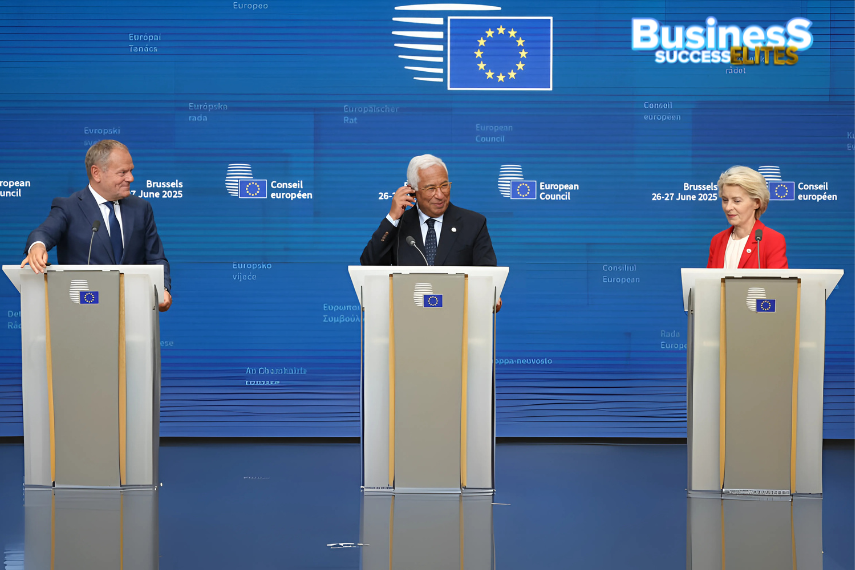
The European Union is pushing to agree on a framework deal with the United States by the end of July. Brussels hopes this will shield EU exports from facing new U.S. tariffs that Donald Trump is threatening .
President Trump is preparing to issue new tariff notices by August 1. These apply not only to the EU but to several other countries, targeting items like copper, semiconductors, pharmaceuticals, vehicles, steel, and aluminum .
Talks have centered on the auto sector—exploring options like import quotas, tariff reductions, and export credits for manufacturers. Other areas under discussion include copper, semiconductor, and drug tariffs .
The U.S. extended its deadline for tariff implementation to August 1 (initially set for July 9), giving negotiators a narrow window to clinch a deal .
The EU wants an initial 10% “stand-still” tariff rate and a clause that prevents Trump from slapping on sudden, steep tariffs in the future. But Washington has not yet agreed to immediate relief or this safeguard .
With more than $2 trillion in trade at stake and sectors like automotive and pharmaceuticals exposed, even a short-term deal could stave off deep disruptions and retaliation .
The bloc is under criticism that its negotiating stance is weaker compared to deals the UK has struck with the U.S., which include deeper exemptions and favors .
U.S. tariff actions already include staggering levies—50% on steel and aluminum, 25% on vehicles, plus imminent tariffs on copper and semiconductors. The average U.S. tariff rate is now the highest since 1934 .
Europe is striving to finalize an outline trade agreement with the U.S. by the end of this month—primarily to avoid the harshest new tariffs. Key bargaining points include auto quotas, copper and chip levies, and guarantees against future U.S. tariff spikes. With the August 1 deadline fast approaching, both sides are hustling—it could be a make-or-break summer for EU‑U.S. trade relations.
Top 5 Benefits of Instagram Reels for Business Growth
November 29, 2025How E-Commerce Brands Can Grow Using TikTok and Instagram Reels
November 29, 2025PhysicsWallah IPO: Price band set at ₹103-109 per share
November 9, 2025UpGrad in talks to acquire Unacademy in $300–400 million deal
November 7, 2025